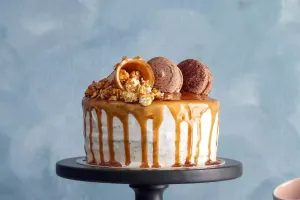The culture of tea has a long history. But what is the specific difference between tea? How much do we know about tea culture? Next, let's introduce the category of tea.
Tea is generally divided into six categories, namely white tea, black tea, green tea, black tea, yellow tea, and cyan tea. The division of these six categories is generally divided according to the degree of fermentation of tea.
Different tea has a certain difference in temperature and temperature for fermentation time. So if we drink these six kinds of tea, their role is also different. The first three types are introduced below.
White tea
The production process of white tea is very simple. After two or three days of fermentation, tea can be consumed. Generally speaking, when we are brewing white tea, we need to brew with boiling water. White tea can relieve fatigue, so white tea is suitable for those who are relatively stressed.
Black tea
Black tea belongs to post-fermented tea. Generally speaking, black tea is suitable for high blood pressure people, or people who are losing weight. If the black tea age is older, it usually needs to be boiled, but if the tea is tender, we can soak it in boiling water.
Green tea
Green tea is generally the freshest, so they do not need to ferment. Green tea usually uses 85 degrees warm water when brewing. Green tea is rich in nutrition, but because it is more irritating and hurts the stomach, it is not recommended to drink it at night.
Tea contains 1.5-4%of free amino acids, with more than 20 types, and most of them are essential amino acids in the human body. Tea contains 25-30%carbohydrates, but only 3-4%can be dissolved in tea. Tea contains 4-5%lipids, which are also necessary for the human body.
The amount of tea drinking depends on tea-drinking habits, age, health status, living environment, customs, and other factors. Generally speaking, healthy adults with tea-drinking habits are suitable for drinking about 12 grams a day.
If you eat more greasy foods, you can also increase the amount of tea appropriately. Pregnant women and children should drink less tea for health.
No matter what tea, there is a shelf life. Some tea shelf life is relatively long, and some tea shelf life will be relatively short. The shelf life of tea is directly related to the variety of tea, and the shelf life of different varieties of tea is also completely different.
Generally speaking, the fresher tea, the better. Green tea can be stored at normal temperature for about a year.
How to judge that tea has deteriorated:
1. Tea leaves are obviously discolored. If black spots, gray -white and other moldy points appear in tea, it means that it is moldy and deteriorating.
2. Smell the smell. There will be tea incense without moldy tea, and moldy tea will have a moldy smell. The color of the tea will become dark. The expired tea taste is no longer mellow and the taste concentration decreases.
Therefore, determining whether the tea has expired, not only depends on the shelf life on the packaging, but we also need to determine through our own judgment.
The most important thing is that we must use the right method when preserving tea. We need to keep the tea sealed in a dry place, and we need to take the tea out in the sun regularly so that we can better preserve the tea.


